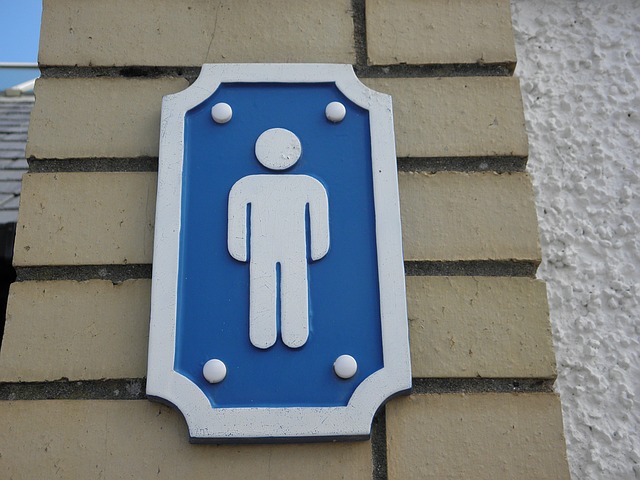Leakage of urine in men, or incontinence is not just a female topic
Even in men?
After all, this only applies to women, right? I encounter this opinion relatively often, but unfortunately it is far from the truth. Leakage of urine can also affect the male population, most often after surgery of an enlarged prostate (benign prostatic hyperplasia) or cancer in the locality. Immediately after this operation, up to 60% of men suffer from a larger or minor leakage of urine, the problem gradually resolves spontaneously over time. Despite this, 10-30% of men suffer from urinary incontinence even a few months after surgery. Larger problems usually suffer from men who undergo radiation, chemotherapy or hormonal treatment after surgery.
Leaks can occur with increased intra-abdominal pressure, such as lifting loads, getting up, sneezing or playing sports. We can often observe reduced bladder capacity and higher irritation in the form of more frequent urge and urgency, which can also be followed by incontinence.
Can incontinence be influenced?
Yes, it is partly possible. Conservative (non-operative) pathways include behavioral therapy, physiotherapy and pharmacotherapy.
Behavioral therapy consists in limiting irritating foods and drinks (coffee, sour juices, strong tea, alcohol), thereby reducing the feeling of numerous urge to urinate. Sometimes it is advisable to adjust the drinking regime. In healthy men, it is around the intake of 35 – 40ml per 1kg of individual weight in 24-hours. For example, if a man is around 80kg, his intake should be 0.04 x 80 = 3.2 l at normal load. This intake includes drinks, liquid from food (usually around 800-1000ml/day) and liquid produced by a person’s own metabolism. In the case of night urge to urinate, it is advisable to limit the intake of about 1.5 hours before bedtime. Occasionally, it helps to break down the fluid received into fewer larger doses during the day.
Physiotherapy means self-strengthening of the pelvic floor muscles, or exercises with devices based on biological feedback or electrostimulation of muscles. The most common problem is to learn to purposefully control your own pelvic floor muscles. For weak muscles, it is also possible to use devices where we directly stimulate the pelvic floor muscles with the help of a probe.
Pharmacotherapy mostly solves the increased excitability of the bladder muscle, thereby reducing the feeling of urgency, increasing its capacity and mitigating the events of urine leakage.
When to start exercising?
With targeted exercises on the ability to freely control the pelvic floor muscles and strengthen it, it is best to start before the operation itself.
The tightening of the sphincters and the pulling (lift) of the pelvic floor can also be started immediately after surgery. However, it is always necessary to respect the healing of scars, so at the beginning we try only 2-3 contractions several times a day with little force. As healing progresses, we can intensify the number of squeezes and strengthening.
We always activate the pelvic floor before lifting loads, coughing, continuously during sports or when the urge to urinate.
Is it always necessary to visit a physiotherapist?
Theoretically speaking, this exercise does not require special physiotherapy care. However, many men have little perception of which muscles to strengthen and replace them with contraction of the buttocks or thighs. And just in case of poor perception of your body or real weakness, it is advisable to seek a specialized physiotherapist. He will advise on exercise, release postoperative scars and, if necessary, recommend appropriate instrumental treatment (devices based on biological feedback, electrostimulation, chairs with magnetic induction).
Therapy can be started more or less immediately after surgery, but it is usually more effective to wait until the basic soft tissue healing (3-6 weeks after surgery).
Rehabilitation Be Balanced offers diagnostics and individual therapy of pelvic floor disorders.
We also organize courses of Pelvic Floor Exercises:
https://www.bebalanced.cz/services/cviceni-panevniho-dna/

